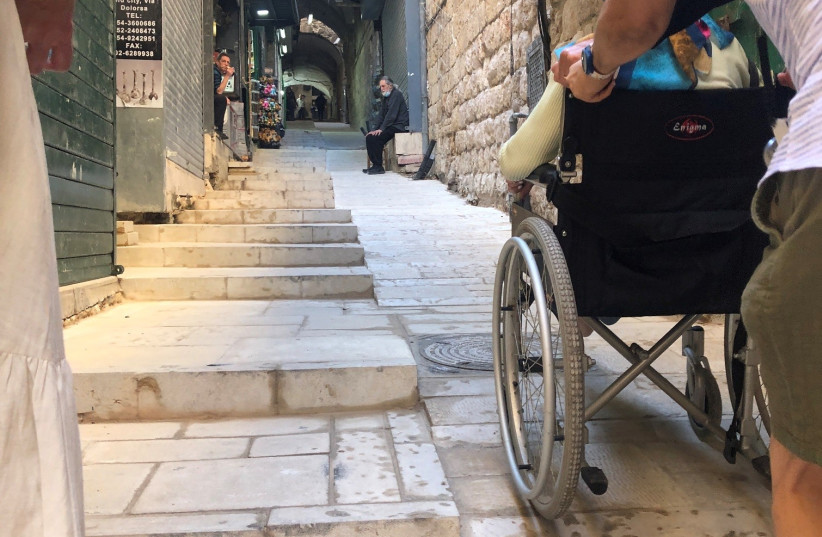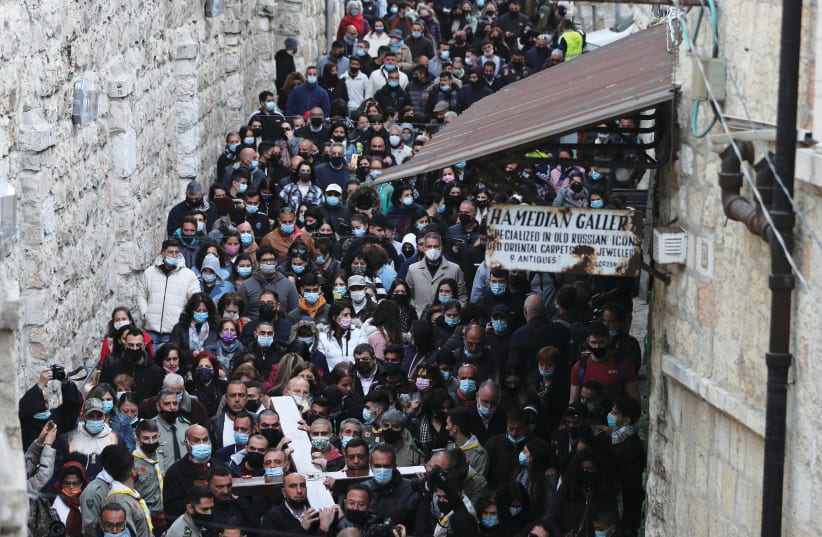Imagine entering a shop of secondhand books and odd curiosities. You open an antique box and find within a stash of letters. You begin skimming them, then sink into a proper read. While the box is ancient, the letters are new. They are love letters, addressed to someone who shares a name with your own lover, and not the name alone.
You pause. Your beloved is indeed the subject of these letters, and that other admirer is a very able writer.
Such is the feeling I had on reading Matthew Teller’s “Nine Quarters of Jerusalem, a new Biography of the Old City”. Teller, an English journalist and travel writer is in love with the city of my birth. Many are, of course, but the very nature of his devotion rings familiar. Preferring the worldly Jerusalem to its spiritual reflections, his book is a love letter to the people of the Old City.
People who share a love often cross paths. The following should not be read as a typical review of Tellers book, since I am not in the position to produce one. Teller, a friend, once fondly reviewed one of my own works. Moreover, I am quoted in his handsome tome as early as page 2. Still, we do love Jerusalem differently, and I found Nine Quarters of Jerusalem produce complex emotional response in me that deserves a reflection.
Having undone the common but misled notion of the four quarters, Teller proceeds to walk us neighbourhood by neighbourhood, using the city’s gates for navigation, introducing us to residents and their stories. Here is the inimitable Amoun Sleem, the champion of the city’s Roma community. There’s Armenian rock musician Apu Sahagian. Here are a myriad other figures, each sharing family stories and historical tales related to their respective communities.


Even as he walks us up the Via Dolorosa, Teller won’t allow cross-bearing Jesus to take center stage. His way of the cross is a ribbon of shopkeepers, artisans and bakers. In that, Teller fulfilled a wish voiced by poet Yehuda Amichai, who one day found himself used as a point marker by a tour guide. The guide directed the group to look over the head of the “man with the bags” to see a Roman arch.
Amichai describes the moment in his poem “Tourists”. He concludes: “Redemption will come when the guide will tell the group: You see that Roman arch? Never mind that, but down from it and to the left sits a tired man bringing food for his family.”
This approach alone renders Teller’s book a rare treasure and the focus on the individual provides a gateway to society. Since the tale of each community is inevitably an historical one, many histories converge and the book does fulfil its promise of being a biography of the Old City. Once footnotes are figured in, it is remarkable how few stones Teller leaves unturned.
Complexities arise, however, where they always do: Jerusalem is politically contested. Almost all of Teller’s heroes and heroines live as residents, rather than citizens, under Israel’s rule. Over his years of exploring the city, he has come to share much of their resentment and so his book would face a Zionist reader with a challenge.
The Jewish quarter should feel welcoming to Teller, who is himself Jewish; instead, he finds himself alienated there. The continuum of the Old City’s Jewish community was lost in 1948. The current dwellers of the quarter has shorter roots there and their presence is a reminder of policies that Teller finds questionable. He gives the quarter the same treatment as that of other neighbourhoods, but the effort is evident and the emotional substance different. Then, in a fascinating turn, Teller stumbles on Jerusalem’s oldest synagogue and on a truly unusual Jewish sub-group that allows him to connect the dots.
It is precisely for readers who subscribe to the Israeli narrative on Jerusalem, that this book holds special value. It should be read as an introduction to Palestinian Jerusalem, a city many of us know only very superficially. The shelves are full of our own love letters to this city. It is a privilege to view it through the eyes of one who finds its different qualities.
Nine Quarters of JerusalemBy Matthew TellerOther Press400 pages; $27.99
